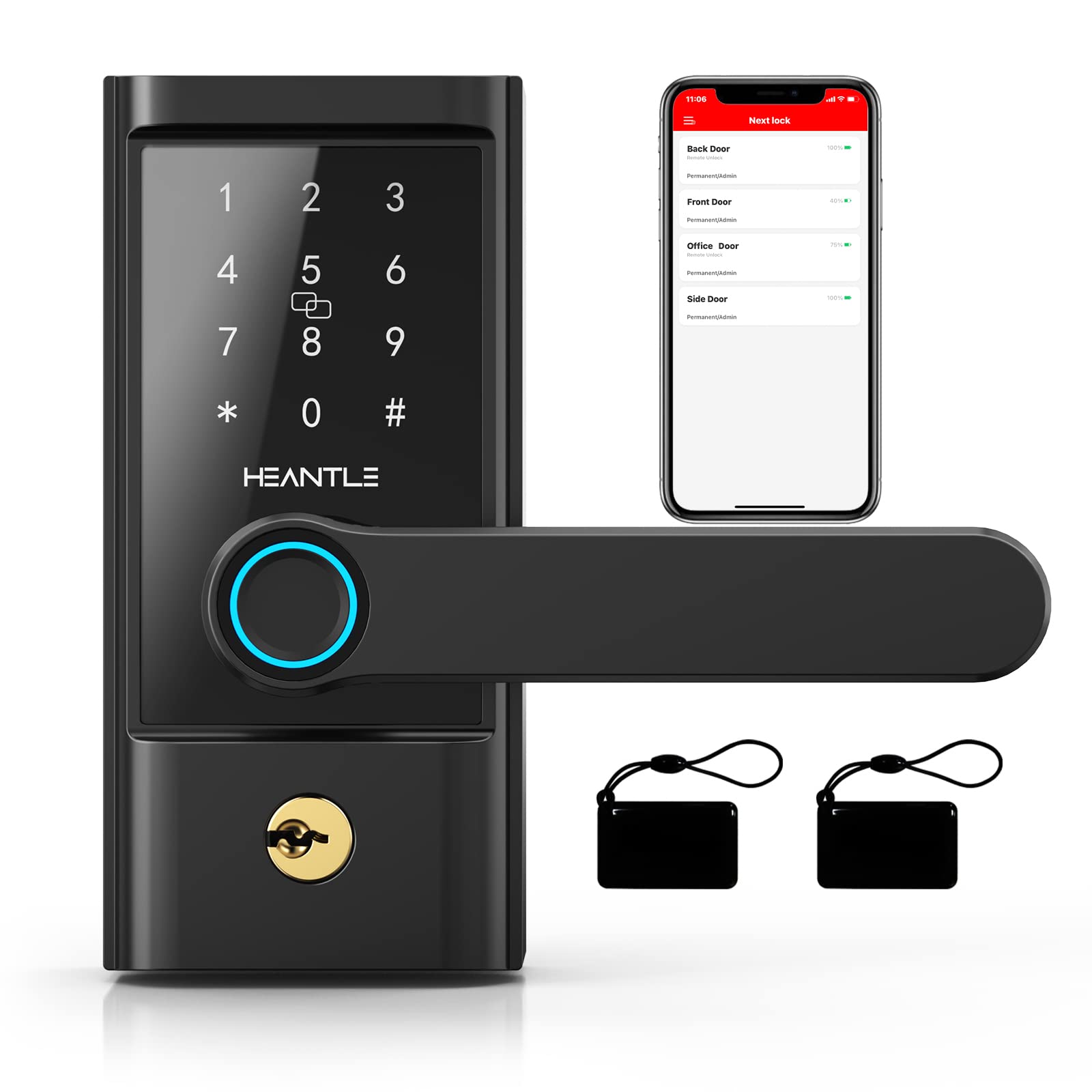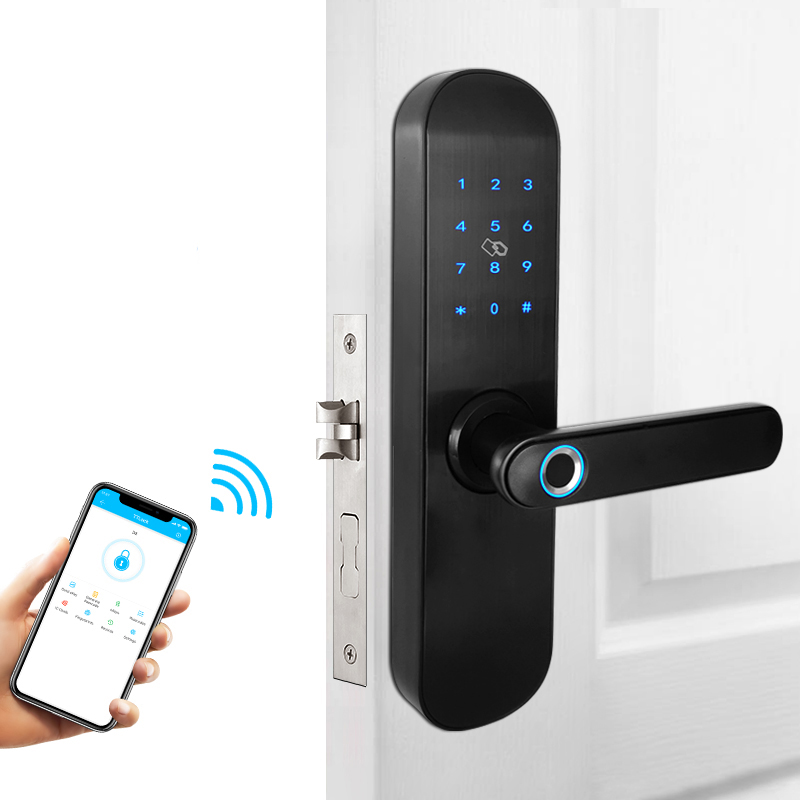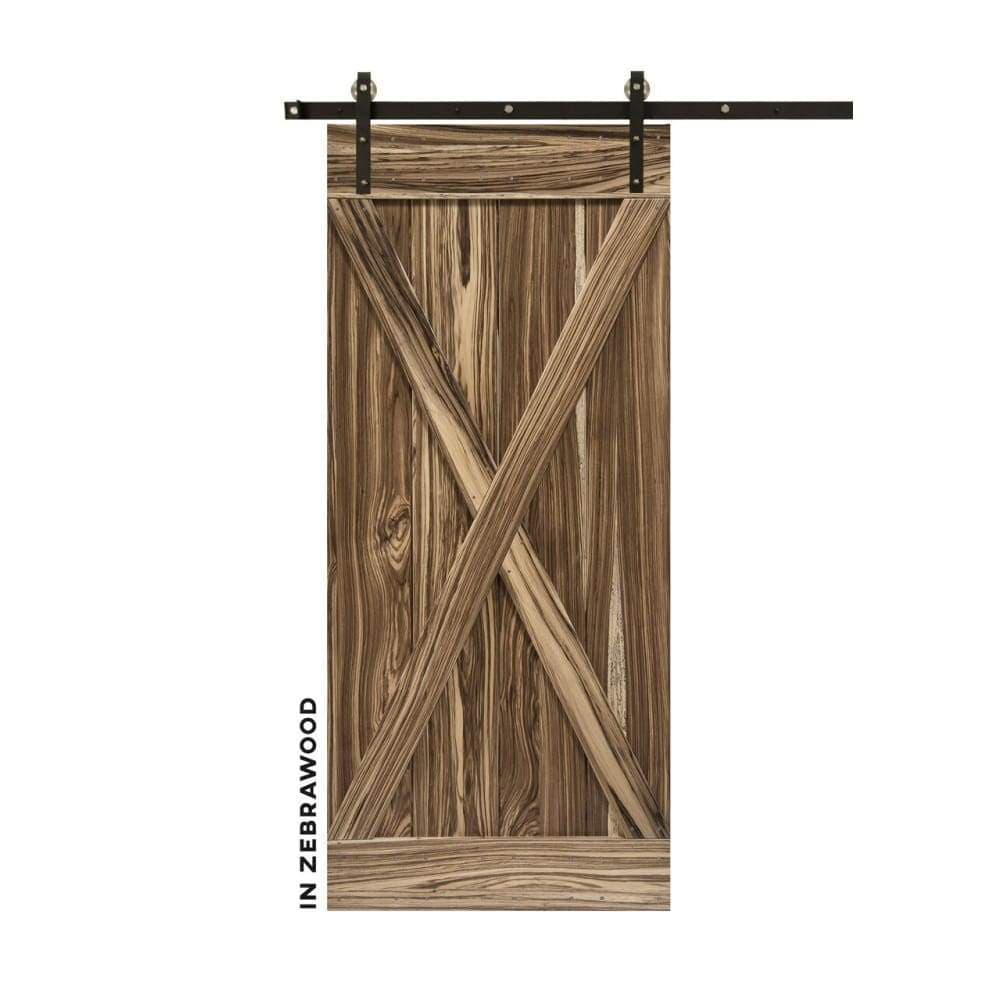
Cove is a modern security system that offers all the benefits of traditional systems at a fraction of their cost. Its features include 100% cellular communication, a 24 hour backup battery, and smash and grab protection. You will receive emergency notification via InstaText if the system detects that something is amiss. Depending upon your plan, you might even be able voice commands or Alexa to manage the system.
The only way to manage the system is through Cove's hub
The Cove Base Station serves as the central control station for the Cove systems. A touch screen panel allows you to control the system via the Cove Base Station. It can be used to adjust volume or arm the system. You can also view and modify personal settings. Add sensors. The backup battery can be used to keep the system powered for up 24 hours.
The Cove system is compatible with Amazon Alexa or Google Assistant. It allows users to arm and disarm the system using voice commands, but is limited in its functionality compared to other smart home products. It's a good option for homeowners who want basic security but not ready to upgrade to smart home functionality.
Plans include Alexa or Google Home voice control
Cove security systems offer voice control integration to Alexa and Google Home voice-assistants. This allows you to control your system using Alexa and Google Home. Or, you could set up a hostage password that will alert your monitoring center if someone attempts to disable the system. Both systems are compatible with Amazon's Echo products and will integrate with Google Assistant and Alexa.

The Cove security system offers both preconfigured and build-your-own kits. A basic Cove system starts with a 7-inch touch-screen panel base unit. This device costs $184. The Cove security system was designed to be simple to set up and use.
Emergency contacts are notified via InstaText
In the event of a security emergency, Cove security systems send text messages to the emergency contacts you choose. This allows them to respond to an emergency, and if possible, disarm the alarm. You can also set up a password to allow emergency responders to reach you immediately. If you don't want to give a password, you can easily add emergency contacts to your Cove system.
Cove's security emergency response system is UL-listed and TMA Five Diamond Certified, with two hot-redundant locations. Cove's security monitoring system has two-way voice. This allows the team to text customers if the security system can't contact them. Within 30 seconds, Cove team members will respond and send assistance to your home.
Cost
Cove offers home security at a fraction the cost of traditional systems. It offers 100% cellular communication and a backup power supply. Cove will notify you if someone attempts to break into or steal your property.
Cove's basic system of protection is free. However, you will need to pay for monitoring during the first 36 months. You will need to pay upfront for any additional monitoring. Start with the basic Cove security systems. The basic setup includes door and motion sensors as well an indoor camera. You can upgrade your security system by purchasing more advanced equipment.

Customer service
Cove Security offers 60 days risk-free testing for their home alarm systems. You can return your security system within this time frame for a full refund if you are not satisfied. The company also covers the cost of shipping back the system. This is a much better offer than many security companies, which often only offer a 30-day guarantee.
Cove customer service representatives are available 24 hours a day via email and phone. Chat with customer service representatives online between 10:00 AM and 6:00 PM Eastern Standard Time. If you are unsure about how to install your Cove security system, the company also provides online video tutorials to help you set up your new system.
FAQ
How much does a good home security system cost?
A good home security system will cost around $2,500. Although it may seem expensive, the benefits of a secure and safe home are worth every penny.
Alarm monitoring: How much should I spend?
Alarm monitoring prices can vary depending upon how often it is to be monitored, what type of equipment you need, as well as whether you are looking at an annual or one-time fee.
What is the number 1 home security system?
Ring Video Doorbell Pro is the number one home security system. It allows you speak and see anyone anywhere, anytime using your smartphone. You can also record video footage, and then share it with your family and friends via email or text message.
How do you choose between different home security systems types?
You need to assess the level of threat in your community. A burglary alarm might be necessary if you live in a high-crime area. You may not need as much security if you live in rural areas with few burglaries.
You should also think about whether you're willing to pay for extra features. Some systems come with built-in cameras while others don’t. Some allow you to monitor your house remotely, while others require you to be physically present in order to view the footage.
Do I really want a home alarm?
A home security system is essential for anyone who owns a house. Anytime, a burglar can break into your home without warning. They will take everything they want, even expensive jewelry. You can leave your doors unlocked and they'll take everything.
Your home is protected by a home security system that alerts you to any potential dangers. This includes monitoring motion, sending you alerts to mobile devices, recording activity, as well as allowing access to recorded footage.
If you'd rathernot spend money on a home security system, you can always use a simple DIY camera instead. These devices let you see who's at the front door and send you notifications when they enter or exit. These devices won't prevent intruders from breaking into the home.
What is the best system for home surveillance?
A home security system with cameras can help protect your family against intruders. These systems are simple to set up and can provide many benefits to both renters and homeowners. You can monitor your property remotely using your smartphone or tablet, computer, and other mobile devices.
Statistics
- Depending on your insurance, 24/7 professional monitoring may qualify you for as much as 15% off your premium. (safewise.com)
- That's probably why Cove has a whopping 98%* customer retention rate. (safewise.com)
- Depending on your insurance, 24/7 professional monitoring may qualify you for as much as 15% off your premium. (safewise.com)
- Most home security companies will charge you around 75% of the remaining term of your contract if you cancel early—and some require 100%.Related questionsWhat type of contract length can I expect from security providers?Home security system cancellation (safewise.com)
External Links
How To
How to Install a Home Security System
A home alarm system is a device which monitors your home and alerts when there's an activity. It could include a motion sensor or doorbell camera, smoke detectors, flood alarms, carbon monoxide detectors, burglar alarms, and flood alarms. A home security alarm system often includes one or two sensors (e.g., motion detections), which send signals to the control panel when they detect movement. The signals are then sent over to a control box where they are monitored and recorded. If there's something wrong, like someone breaking into your house, the control panel sends out an alert to your phone, tablet, computer, or voice assistant. You'll know what's going on and can take action immediately.
First, you must choose the right type sensors for your home to install a home security system. There are two main types of sensors: passive and active. Passive sensors aren't powered by batteries. They just detect sounds and vibrations in their environment. These sensors include sirens, buzzers, and doorbells. Active sensors transmit data via electricity. Some examples of this kind of sensor are cameras and motion sensors.
There are many options for sensors. Each brand has its advantages and disadvantages. Some sensors can withstand extreme weather conditions, while others cannot. Some come with built-in speakers so you can hear them even if they're outside. Others are only for use inside. Others are more complex, while some offer more advanced features like night vision.
After selecting the right sensors for your property and deciding on a manufacturer, you will want to make a selection. This will make sure that your sensors function well together. You will find many options in your local hardware store.
Once you have selected a brand of sensor, you need to decide the number you wish to buy. Depending on whether someone lives alone or with their family, most people buy one to two sensors. You might want to buy more sensors if you intend on adding them later.
Next, determine where you want your sensors to be placed. Are you looking for them to be near doors or windows? Or do you prefer having them hidden away? Make sure you get permission before placing them around your property. Also, make sure they won't interfere with anything else, like electrical outlets.
Now that you know the exact location of your sensors you will need a connection to your control board. A power adapter or battery package may be required depending on your setup. Once you have everything in place, your property can be monitored!